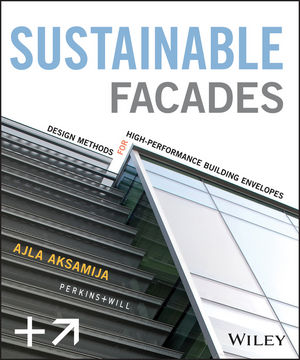Living Building Challenge Energy and Water Documentation Now Satisfies LEED Requirements

The recently completed Brock Environmental Center in Virginia Beach, designed by SmithGroupJJR, is targeting both LEED Platinum and Living Building status. The new ruling could simplify documentation for other projects seeking certification under both systems.
Photo © Dave Chance, courtesy SmithGroupJJR
The U.S. Green Building Council (USGBC) has announced that projects certified under the Living Building Challenge (LBC) can automatically earn most of the points available under its LEED rating system for energy and water efficiency.
The alignment could have practical implications for project teams, but it is at least partly symbolic. “USGBC and the International Living Future Institute (ILFI), developers of the Living Building Challenge, share a common commitment and goal to transform the way we design, build, and operate our buildings,” says Scot Horst, chief product officer at USGBC. “The Challenge plays an important role on the green building performance curve and is a complement to LEED.”
The ruling, which was approved by the USGBC’s LEED Steering Committee, covers LEED 2009 and LEED v4 design and construction rating systems as well as operations and maintenance systems. LBC-certified projects will be awarded all LEED energy and water prerequisites and most LEED credits in those categories without further documentation.
“Teams have been asking for this kind of crossover” so that they don’t have to document two sets of requirements for dual certification, says Amanda Sturgeon, executive director of ILFI. However, she acknowledges that different timeframes for LEED and LBC certification create a mismatch. Under LBC, certification can only be awarded after a 12-month performance period proving energy and water performance. Under LEED for New Construction, certification can be awarded sooner, based on design. “It remains to be seen whether teams will wait for the 12-month performance period” to complete their LEED documentation, says Sturgeon.
Brendan Owens, chief of engineering at USGBC, says, “I can definitely see certain LBC projects taking this as a viable option. They’re maybe not as anxious to get their certifications when they open their doors.” As for whether the organizations will consider further alignment, Owens says, “This was a place we could make progress without holding up the rest of it.”
Even credit-by-credit alignment would be welcome, says Greg Mella, FAIA, vice president at SmithgroupJJR. He points to LBC requirements like daylighting, local sourcing, and material transparency. “If LBC projects could more easily earn LEED without feeling a burden of duplicate reporting, then more teams would take advantage of the dual registration.” Mella’s firm is the architect for the Chesapeake Bay Foundation’s Brock Environmental Center, in Virginia Beach. The building recently opened and is aiming for both LEED Platinum and LBC.
Sturgeon notes that the organizations are in discussions for ILFI’s Declare label for material transparency to be recognized in LEED v4 and that ILFI’s Just label for social equity is already one of the frameworks referenced in a LEED pilot credit.


